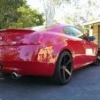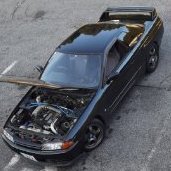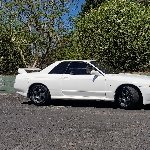Otaku Garage Inlet Manifold's - Review's
Announcements
-
Similar Content
-
Latest Posts
-
By joshuaho96 · Posted
Oh yeah, always always always turn over an engine by hand first. -
So by that logic, an insanely expensive GTR for $200k+ is quite cheap, at 12% of Sydney's median house price compared to over 50% when a GTR was new...
-
Apologies... thought i had outlined it... Cheers for the response, I'll get a nipple sorted out for this.
-
lol thanks for the pics but some arrows might have helped for context. If you mean the bit I've badly traced in red, that is a PITA vacuum signal for the power steering pump, only R34 GTT was "lucky" enough to get it. Yes you will need a nipple of the same size somewhere in the intake between the air filter and the throttle or the power steering idle up will not work correctly
-








Recommended Posts
Create an account or sign in to comment
You need to be a member in order to leave a comment
Create an account
Sign up for a new account in our community. It's easy!
Register a new accountSign in
Already have an account? Sign in here.
Sign In Now